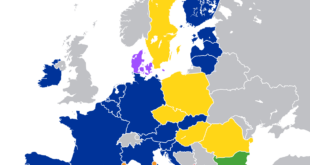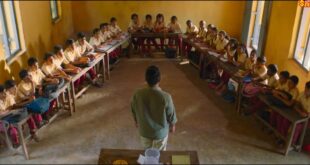- The discovery of monoclonal antibodies have come a long way since they were first made using the hybridoma technology in 1975.
- Now more cutting-edge platforms are available that can clone and express antibody genes from the cells that make the antibodies (B cells) in a high-throughput manner and are in use both for basic research and translational purpose.
- Very recently labs in India started to establish these human monoclonal antibody platforms to tackle public health concerns specific to India.
Helpful collaboration
- During the height of the pandemic, as an exemplary example of national and international collaboration, the Indian Council of Medical Research (ICMR) partnered with Department of Biotechnology (DBT), International Centre for Genetic Engineering and Biotechnology (ICGEB), New Delhi, and Emory Vaccine Centre, Atlanta, to spearhead a discovery of a human monoclonal towards SARS-CoV-2.
- This led to the generation of a large number of human monoclonal antibodies that were specific to SARS-CoV-2.
- Our search eventually narrowed down to one antibody (clone 002-S21F2) that was potently and broadly neutralising across various SARS-CoV-2 variants and Omicron sub-lineages.
- The earlier monoclonal therapies that were approved for emergency use in other countries primarily functioned by blocking the interaction of the virus through its receptor binding domain (RBD) with the host cell receptor (ACE2).
- The virus makes new mutations in its receptor binding domain (RBD), which is a critical part of the virus for binding to the host cell.
- Hence, as the virus evolved, it acquired mutations precisely in this region, and each variant was decorated with a different set of mutations which allowed the virus to evade many of these antibody-based therapeutics.
- In contrast, our antibody clone retains its potency and broad activity because the antibody binds to a region that is outside the main RBD-ACE2 motif. The SARS-CoV-2 spike trimer is like a flower with three petals.
- This flower is in closed or down conformation and more like a bud; the virus has many of these on its surface.
- When it wants to infect the host cells, it opens up or as we call it the three RBD’s go in the ‘up confirmation’.
- However, our antibody (002-S21F2) binds in such a way that it does not allow this ‘closed to open’/’down to up’ alteration to happen efficiently, and thus the virus is now incapable of infecting the host cell.
- As this region is not precisely within the RBD-ACE2 binding motif, it is not currently a mutational hotspot and thus is conserved across most variants, the Omicron sub-lineages included.
Rare genetic make up
- One of the parameters that govern what an antibody is like is its genetic makeup; the human body is capable of making almost infinite combinations of antibodies.
- Clone has a unique and rare genetic make up — so perhaps while everyone has taken the same approach of mining for antibodies that bind to the RBD, and also neutralise the virus, we have mined for a monoclonal antibody that is rare, broadly and potently neutralising.
- The study published in the journal Science Advances has multiple implications.
- The first and foremost is that the discovery allows India to move towards its indigenous antibody-based therapeutics.
- Moreover, the information of the conserved regions of the virus that induce broad and potent neutralising antibodies can be utilised towards universal vaccine design.
- Second, while the COVID-19 pandemic is no more at its height, we have not completely eradicated the virus.
- Thus, there will be always a part of our population that will remain vulnerable to this ever-evolving virus.
- Currently, there are not even a handful of human monoclonals that have stood the test of time against all variants and thus the need for such immediate therapies is always of value.
- Third, the study showcases India’s capacity towards cutting-edge technologies that are currently in use only in the developed world.
- It allows for us to pivot these capacities and expertise towards any need-of-the-hour indigenous solutions that will be more sustainable and affordable to the Indian population.
Finding solutions
- Finally, ICMR and DBT while having different foci for biomedical research, have in this case joined forces to provide a solution to a pressing public health problem that the world has recently faced.
- This discovery is a shining example of how two premier research agencies can come together to propel India’s capacity towards cutting-edge translational research and development.
SOURCE: THE HINDU, THE ECONOMIC TIMES, PIB
 Chinmaya IAS Academy – Current Affairs Chinmaya IAS Academy – Current Affairs
Chinmaya IAS Academy – Current Affairs Chinmaya IAS Academy – Current Affairs



